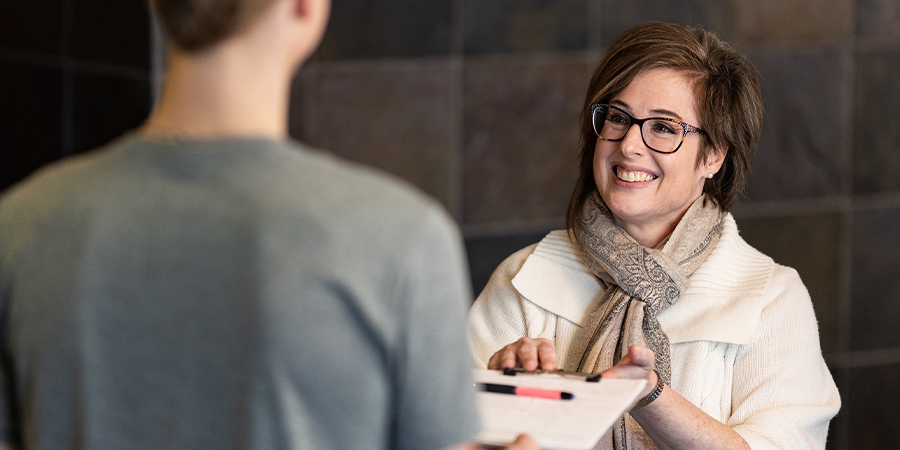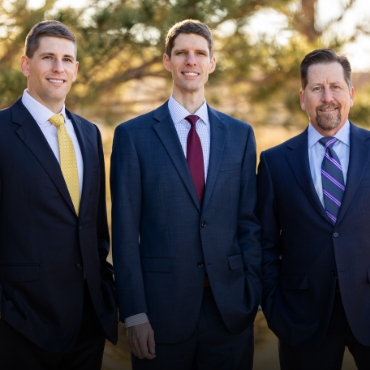
When a baby’s lips or mouth do not form properly during pregnancy, it can result in birth defects known as cleft lip and cleft palate. These orofacial clefts are fairly common and can typically be treated with a full-team approach, often involving a wide range of medical disciplines. Oral surgery is often a key component, and at Mid-Kansas Oral & Maxillofacial Surgery, we have provided surgical intervention for many cleft lip and cleft palate cases.
What Causes a Cleft Palate?
While orofacial clefts are common among infants, the exact causes are often multifactorial. Sometimes, cleft lips and cleft palates form due to simple genetic defects. In other cases, the cause of the orofacial cleft may be a combination of genetic and environmental factors.
Cleft Lip Treatment
Orofacial clefts typically require a multidisciplinary treatment approach. The clinical care providers who collaborate to provide treatment may include oral surgeons, orthodontists, plastic surgeons, general dentists, audiologists, speech therapists, and more.
Cleft lip surgery is typically performed when the child is several months old. Surgical intervention usually involves closing the separation, restoring muscle function, and creating a normal shape to the mouth. This intervention may also help to correct nostril deformity.
Cleft Palate Treatment
As with cleft lip repair, cleft palate treatment typically requires a full-team approach, with oral surgeons playing a vital role.
Surgical treatment for a cleft palate is most often done when the baby is between 7 and 18 months old. The surgery involves closing the gap in the roof of the mouth then rearranging the muscles that line the inside of the palate. The wound is usually closed with dissolvable stitches, making for an easier and less complicated recovery.
Our oral surgeons may use various techniques to accomplish these goals. The choice of techniques may vary between surgeons and patient needs. We will always be happy to discuss methods with parents before surgery.
Regardless of the method, this surgery is done while the patient is under general anesthesia, ensuring no discomfort. The surgery takes place in a hospital setting with overnight monitoring prior to discharge home.
Some patients may require additional bone graft surgery to complete the repair and allow proper eruption of teeth. This surgery usually takes place when the child is 7 to 10 years old and is also performed in a hospital operating room.
What is the Recovery Like?
Children will typically need a few days to rest and heal after a surgical procedure for cleft lip or cleft palate repair. Incision sites usually heal on their own, but parents may need to be careful in helping their children keep the incision sites clean. Additional directions regarding aftercare and recovery, including options to alleviate any pain, will be provided by your oral surgeon.
Most children who have surgery to correct an orofacial deformity will experience immediate improvement in how they chew and swallow food.
You’re in Good Hands with Mid-Kansas OMS
Coordinating surgery for a small child can be intimidating, but we have experience providing quality care to patients of all ages at our practice. We are happy to talk with you about treatment options for your child, answer your questions, and set your minds at ease.
To discuss cleft lip or cleft palate surgery, contact our practice at (316) 722-0800.


